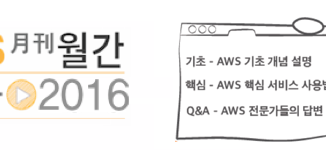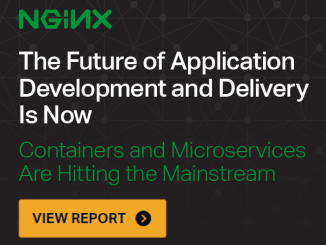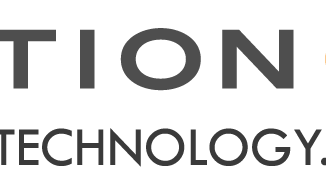
2016년 월간 웨비나 녹화 및 발표 자료 모음
2016년 월간 웨비나 녹화 및 발표 자료 모음 AWS코리아에서는 AWS 클라우드 기초 지식과 최신 기술을 소개하는 온라인 세미나인 웨비나(Webinar)를 주기적으로 개최하고 있습니다. 지난 온라인 세미나 발표 자료 및 녹화 동영상을 통해서도 배울 수 있으며, 녹화 시 사용자들의 Q&A 등을 통해 더 자세한 내용도 확인하실 수 있습니다. AWS 클라우드 기술을 이해하시는데, 도움이 되시길 바라며 매월 혹은 반기별 웨비나 일정은 Twitter 혹은 Facebook을 참고하시기 바랍니다. 알림: 동영상 다시 보기는 플래시가 설치된 PC에서만 가능합니다. (매월 업데이트 됩니다.) 3월 30일(목) AWS Mobile Hub로 샘플 모바일 앱 구동하기 강사: 윤석찬 (AWS코리아, 테크에반젤리스트) Adobe Connect로 다시 보기 | 슬라이드 쉐어 발표 자료 AWS DeviceFarm으로 모바일 앱 자동 테스트하기 강사: 윤석찬 (AWS코리아, 테크에반젤리스트) Adobe Connect로 다시 보기 | 슬라이드 쉐어 발표 자료 AWS IoT로 클라우드와 기기 연동 시작하기 강사: 윤석찬 (AWS코리아, 테크에반젤리스트) Adobe Connect로 다시 보기 | 슬라이드 쉐어 발표 자료 2월 27일(수) Amazon Elasticsearch Service 소개 [ more… ]



